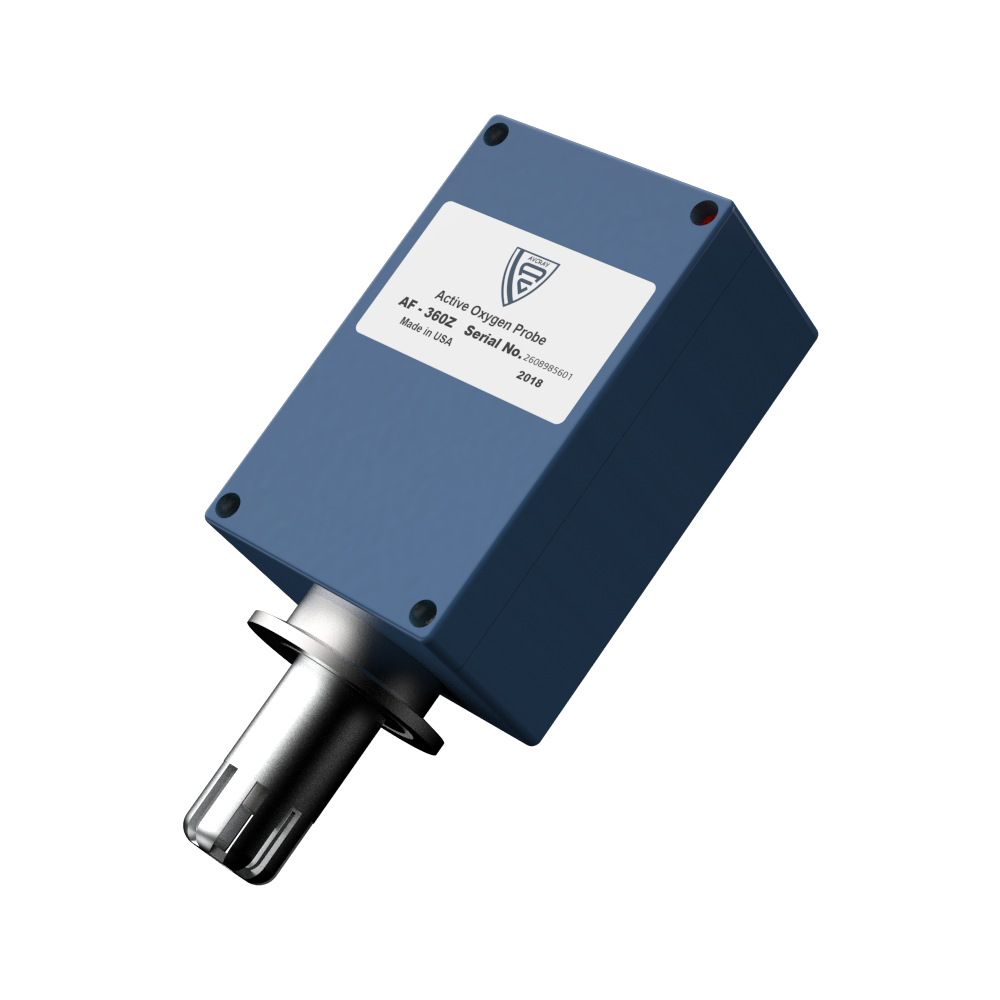Civil construction projects are divided into the following two categories according to different requirements for controlling indoor environmental pollution:
- Class I civil construction projects: residential buildings, hospitals, elderly buildings, kindergartens, school classrooms and other civil construction projects;
- Class II civil construction projects: civil construction projects such as office buildings, shops, hotels, cultural and entertainment venues, bookstores, libraries, exhibition halls, stadiums, public transportation waiting rooms, restaurants, barber shops, etc.
6.0.11 During the acceptance of civil construction projects, sample indoor environmental pollutant concentrations of representative rooms should be sampled. The number of samples should not be less than 5% and should not be less than 3; when the total number of rooms is less than 3, all the rooms should be tested.
6.0.12 During the acceptance of civil construction projects, where the indoor environmental pollutant concentration test of the model room is carried out and the test result is qualified, the number of random inspections shall be halved, and there shall be no less than 3.

6.0.13 When the civil construction project is accepted, the indoor environmental pollutant concentration detection point should be set according to the room area:
- When the use area of the room is less than 50m2, set 1 detection point;
- When the room area is less than 50-100m2, set 2 detection points;
- When the room area is greater than 100m2, 3 to 5 detection points are set.
6.0.14 When there are 2 or more detection points in a room, the average value of the detection results of each point shall be taken as the detection value of the room.
6.0.15 During the acceptance of civil construction projects, the on-site detection point for the concentration of environmental pollutants should be no less than 0.5m from the inner wall and 0.8-1.5m from the floor. The detection points should be evenly distributed, avoiding ventilation channels and vents.
6.0.16 When testing the concentration of free formaldehyde, benzene, ammonia, and total volatile organic compounds (TVOC) in the indoor environment of civil construction projects, the civil construction projects that use centralized air-conditioning should be carried out under normal air-conditioning conditions; natural ventilation should be used for For civil construction projects, the inspection should be carried out 1h after the external doors and windows are closed.
6.0.17 When detecting the concentration of radon in the indoor environment of civil construction projects, the civil construction projects that use centralized air-conditioning should be carried out under the conditions of normal operation of the air-conditioning; for civil construction projects that use natural ventilation, the external doors and windows of the room should be closed for 24 hours. Do it later.
6.0.19 When the indoor environmental pollutant concentration test results do not meet the requirements of this code, the cause should be found and measures should be taken to deal with it, and the test can be performed again. When testing again, the number of random inspections should be doubled. When the re-test results of indoor environmental pollutant concentrations all meet the requirements of this specification, it can be determined that the indoor environmental quality is qualified.
Shop quality oxygen analyzers with low price and free shipping all over the world.
